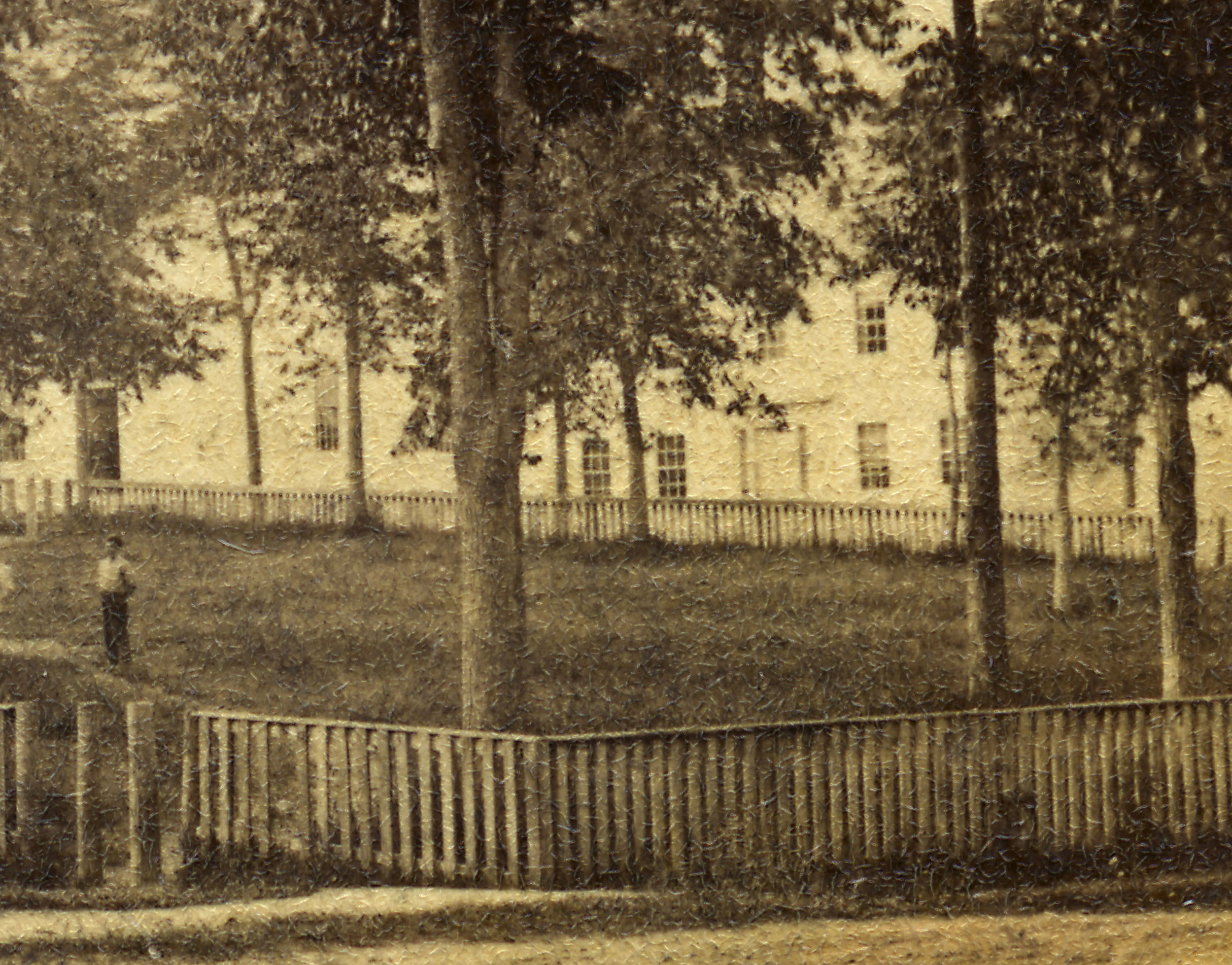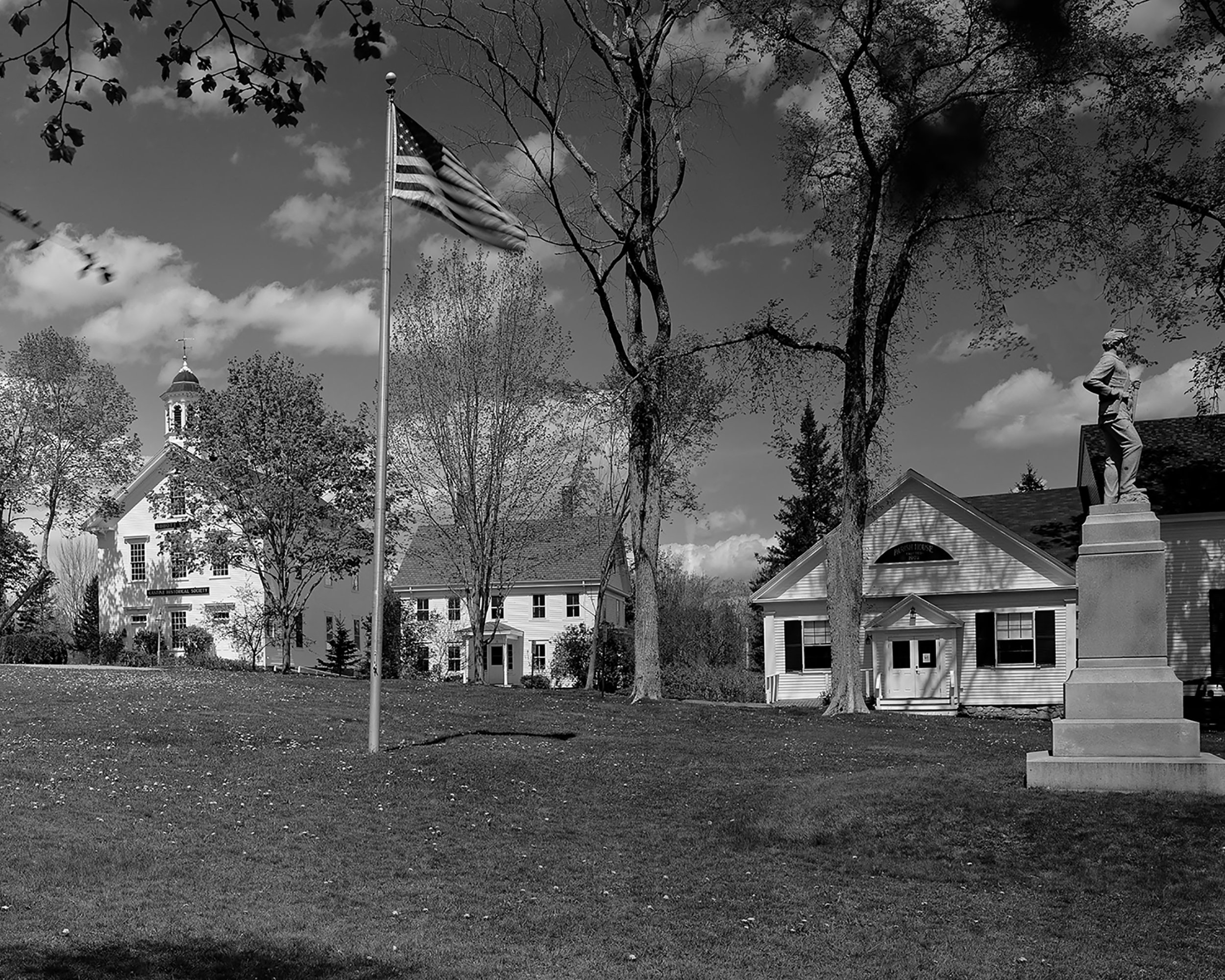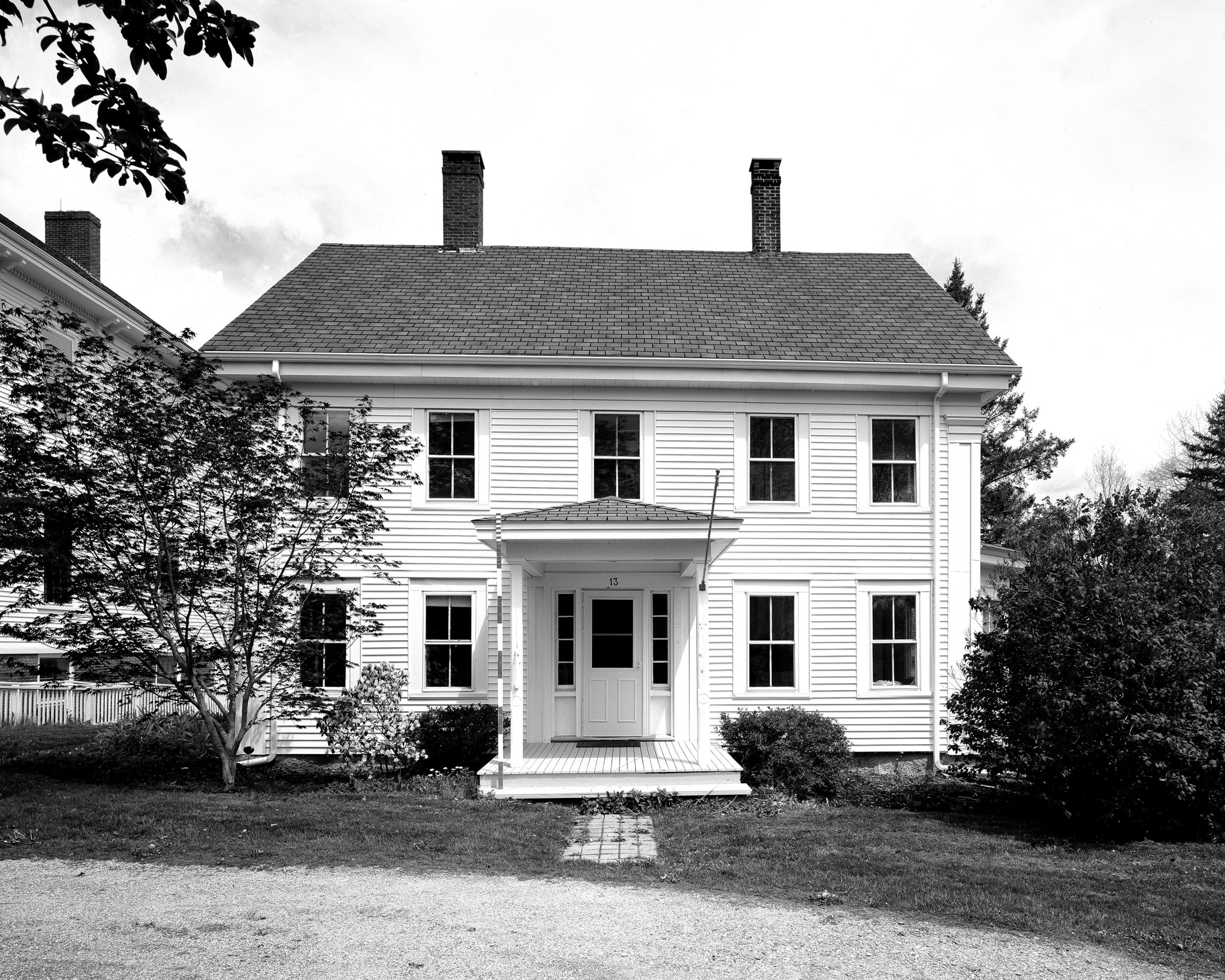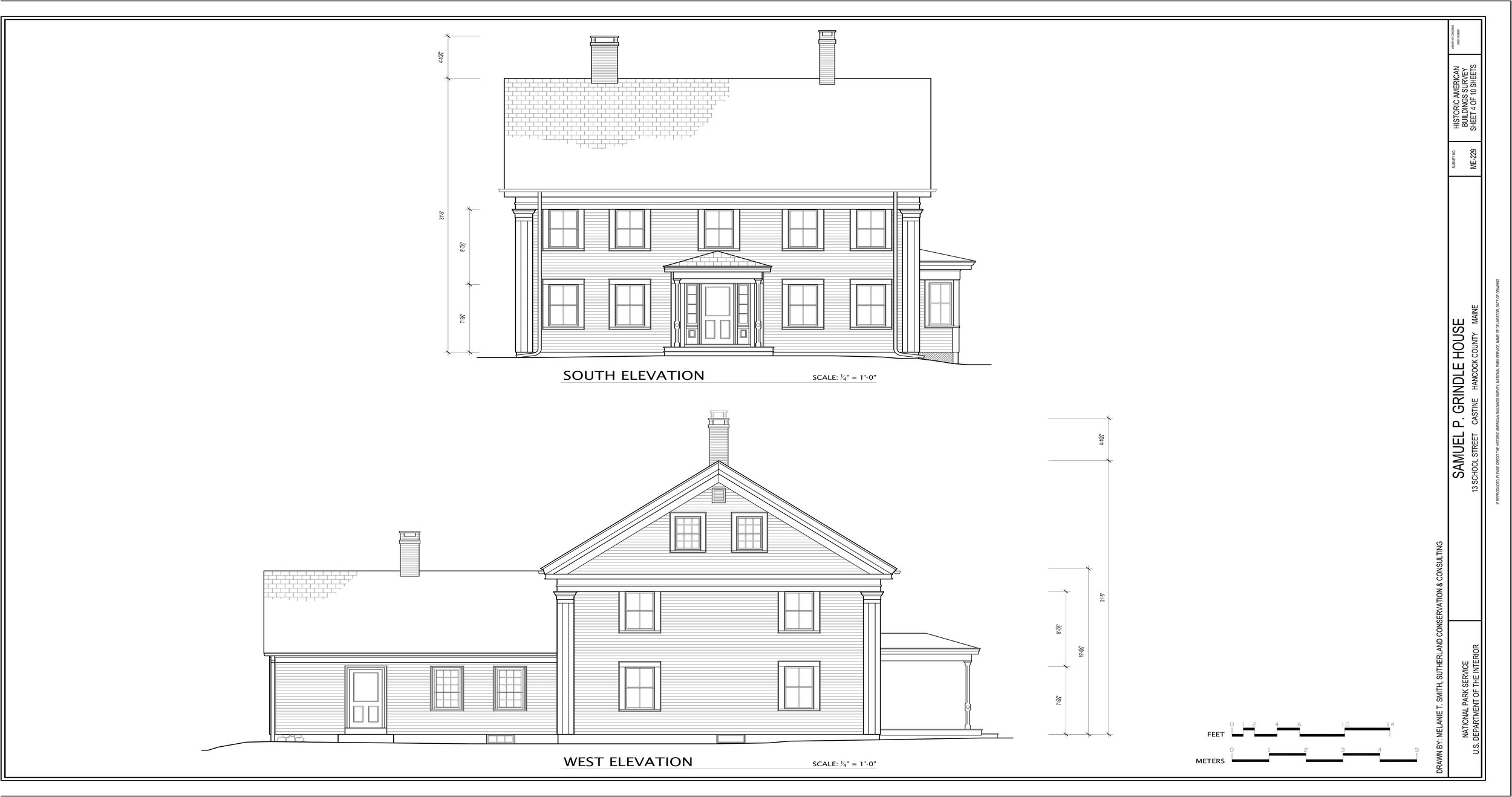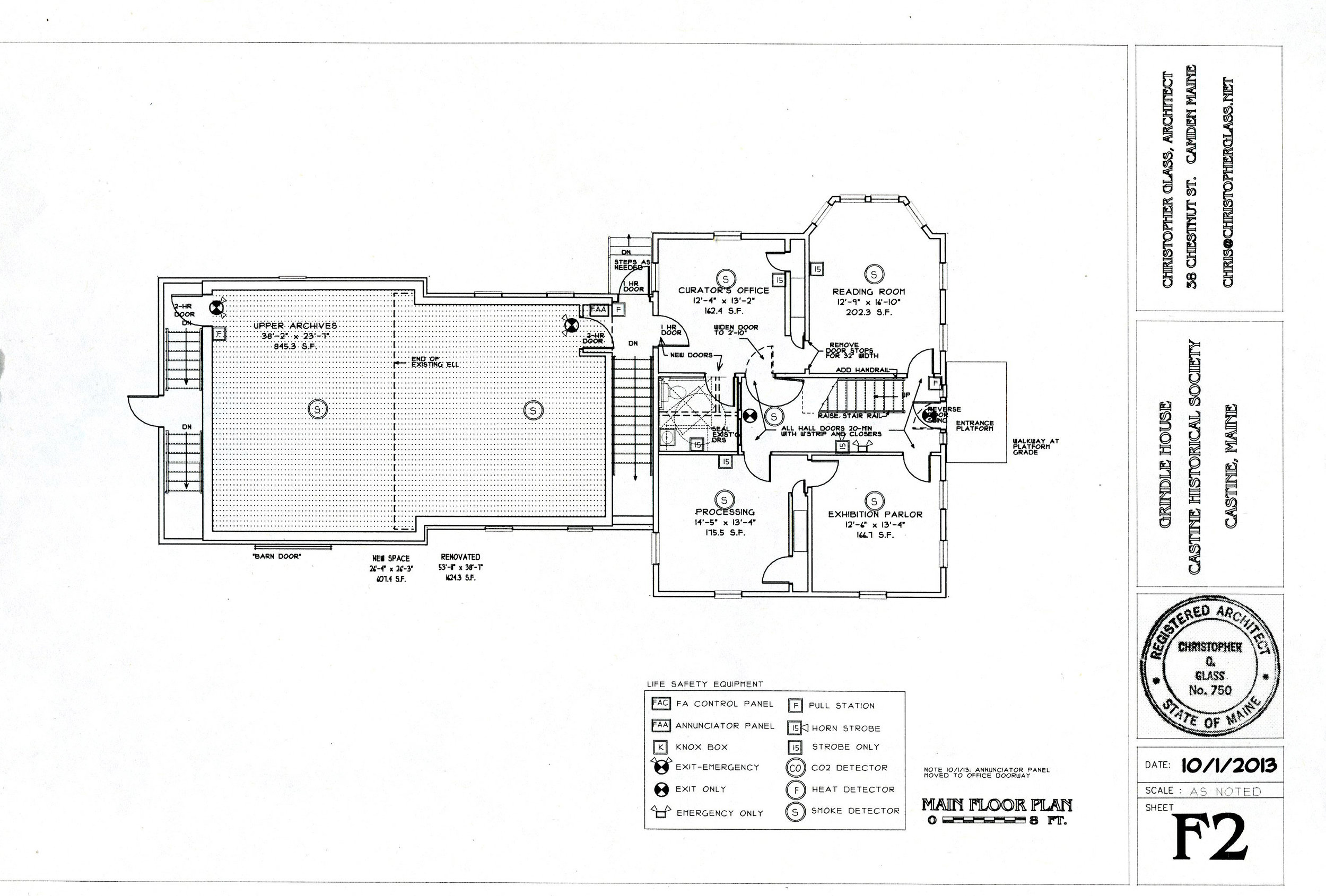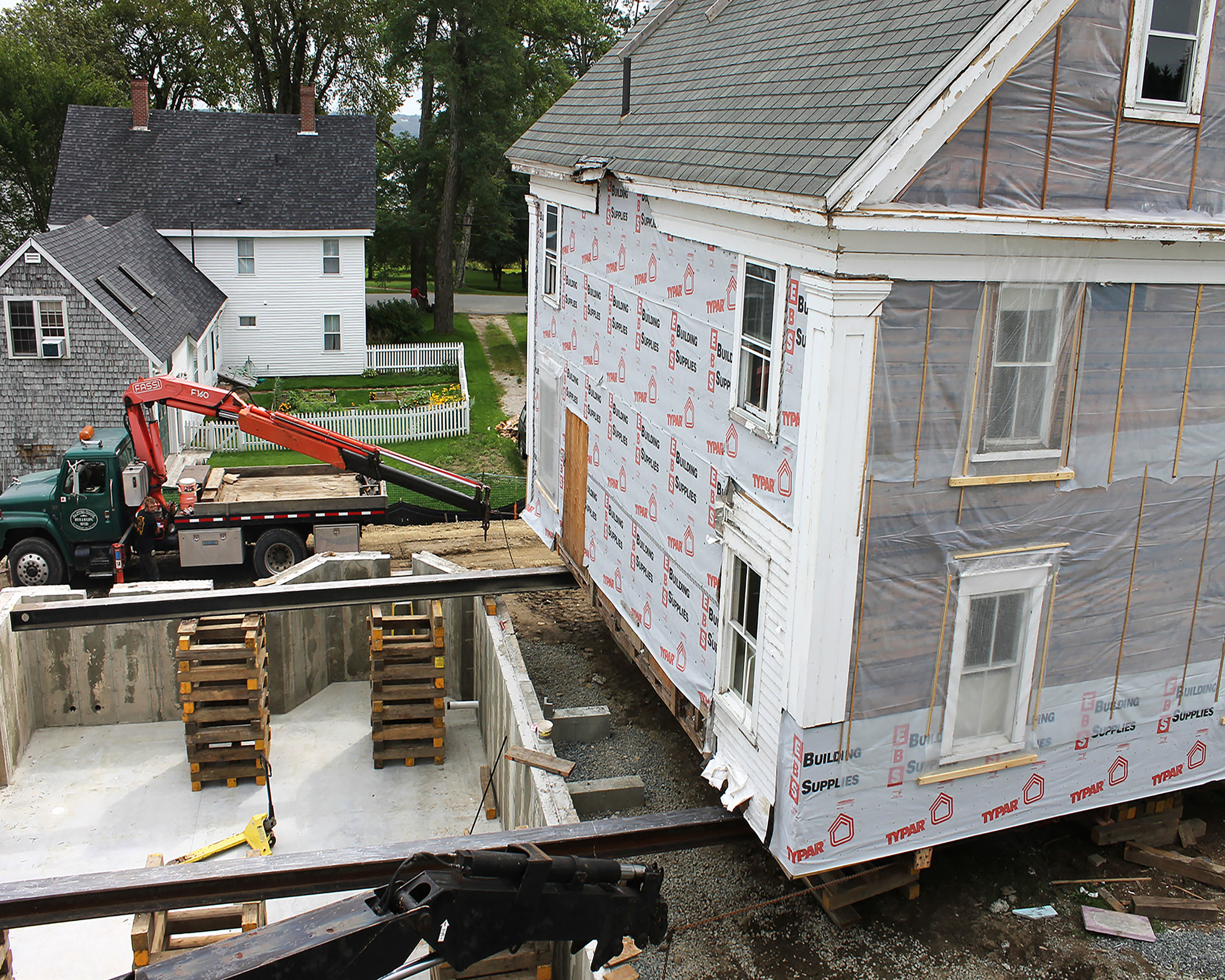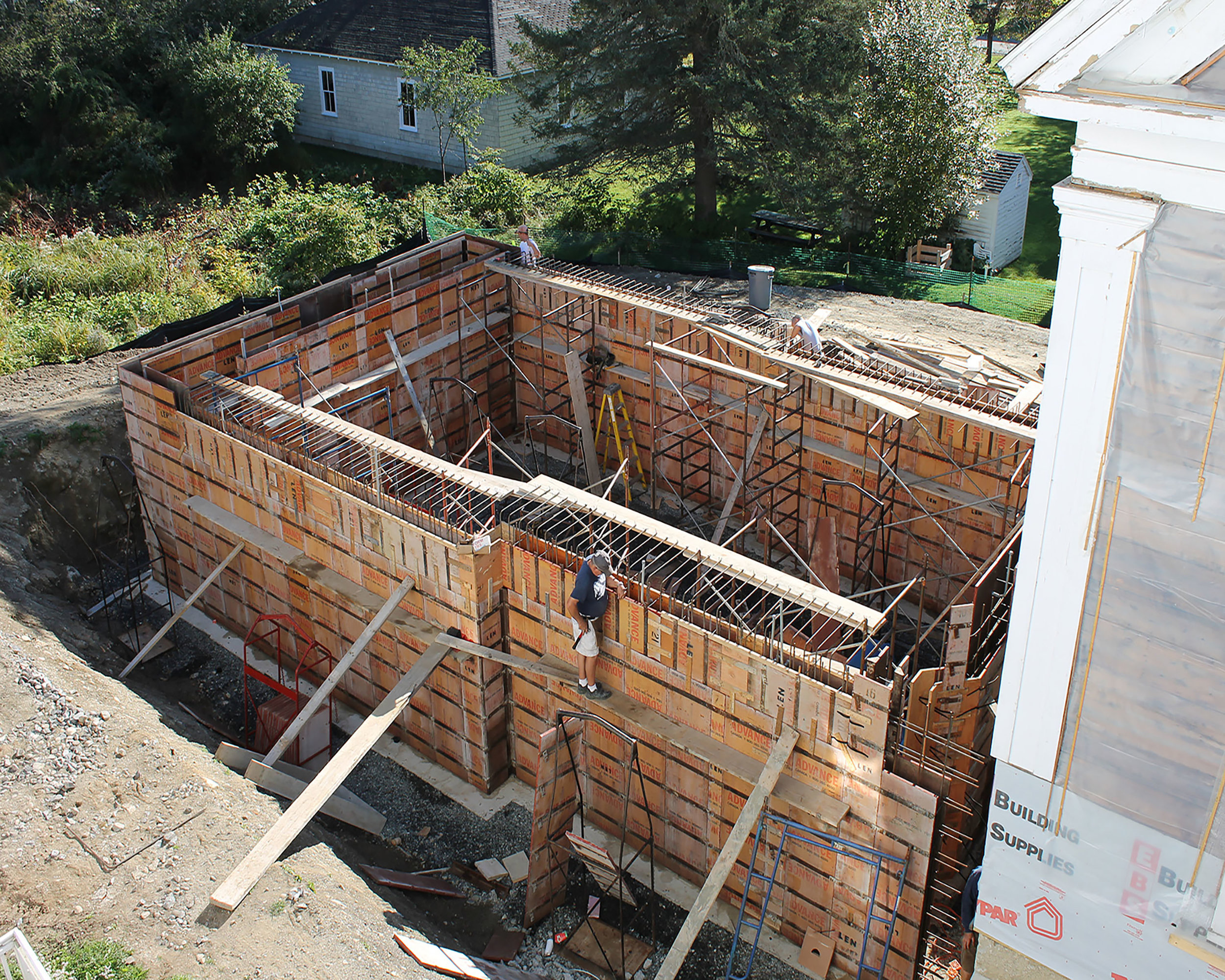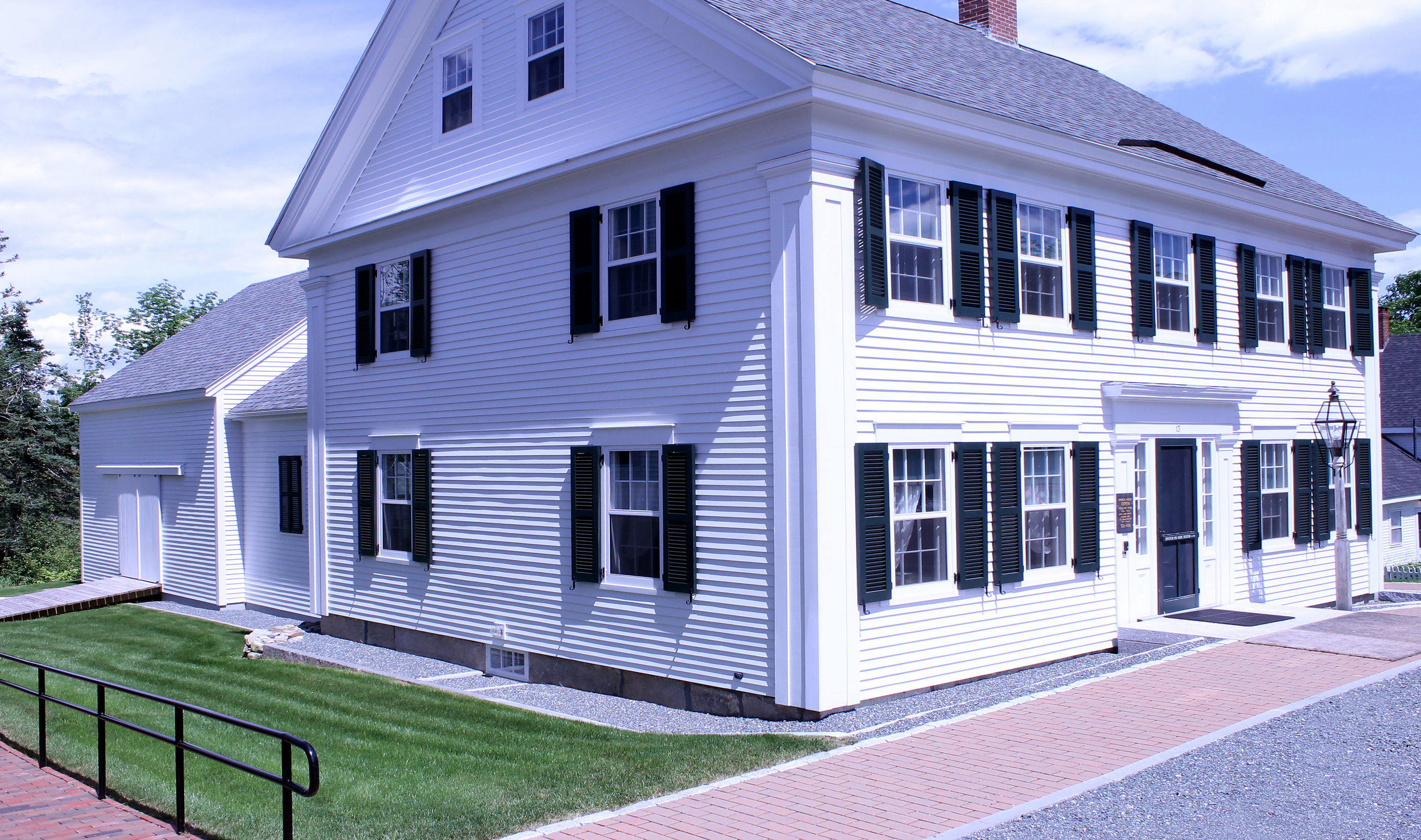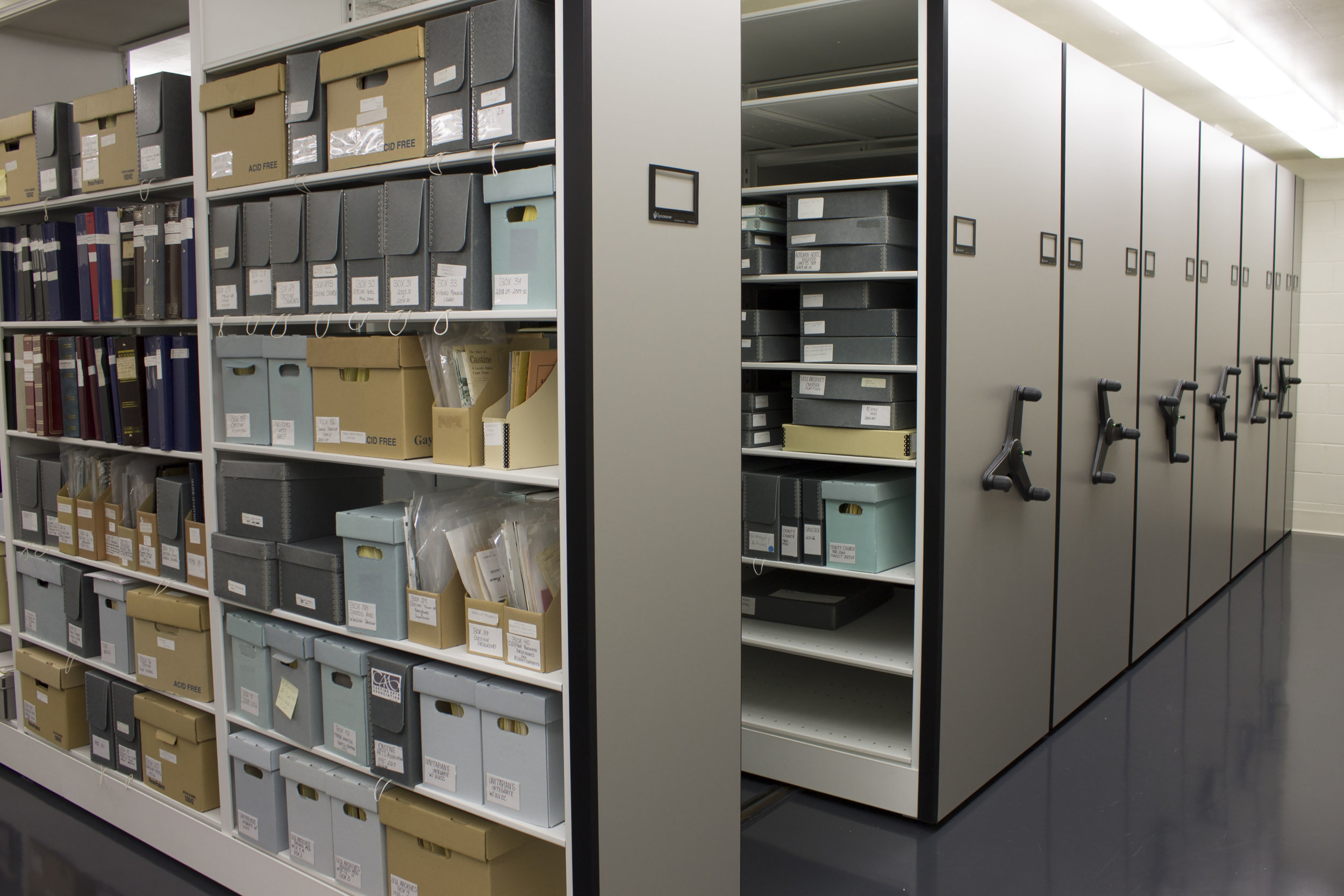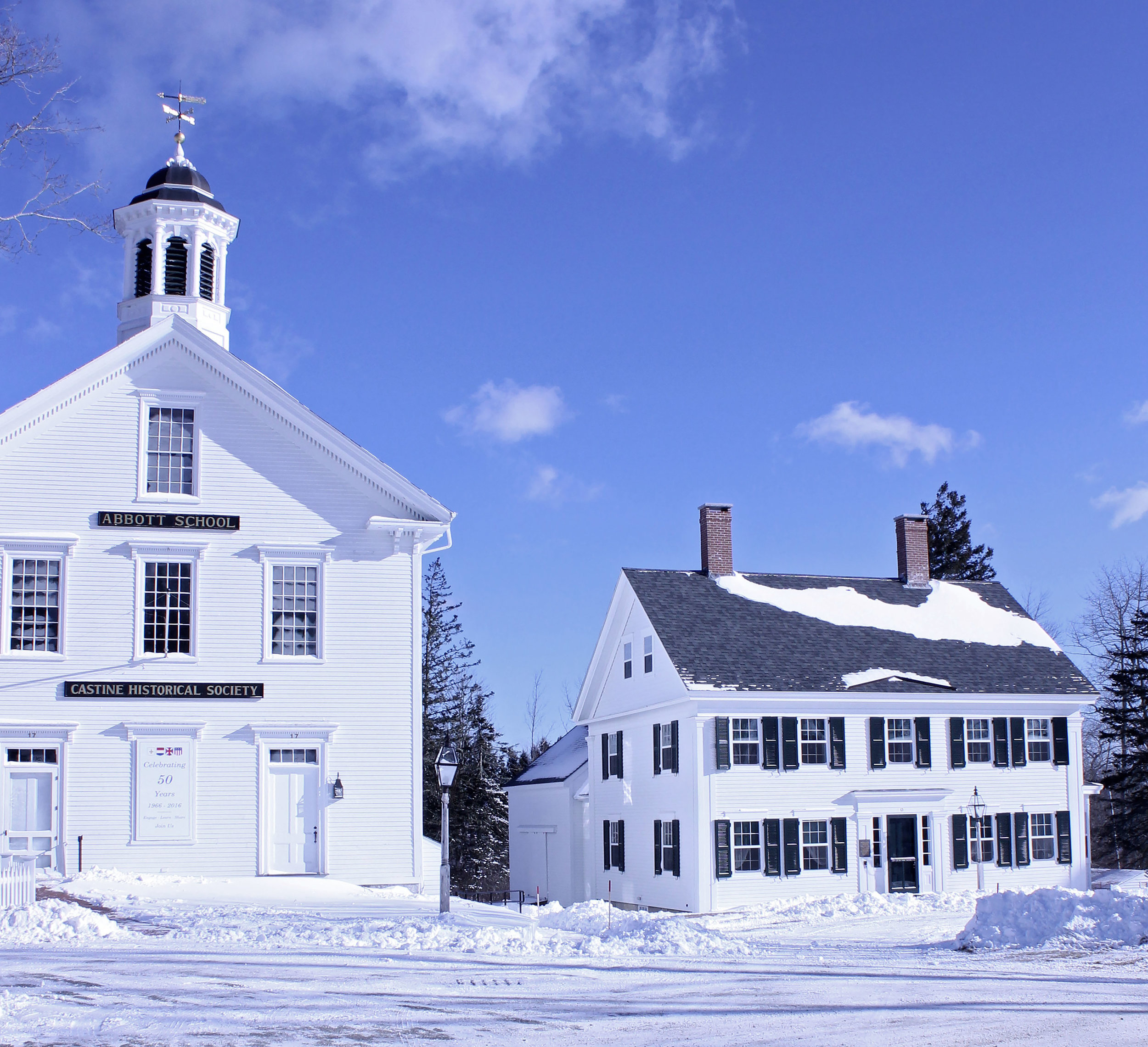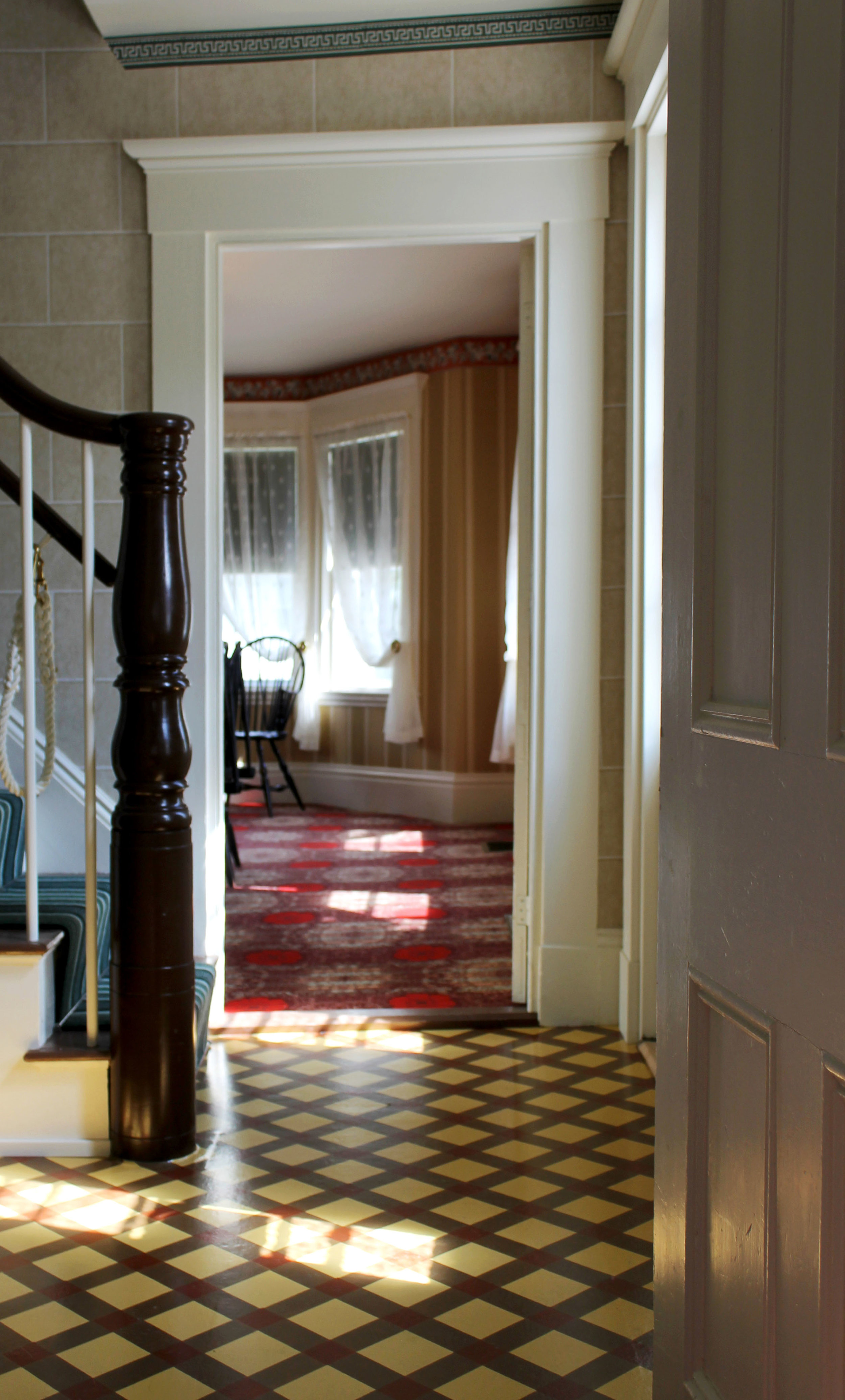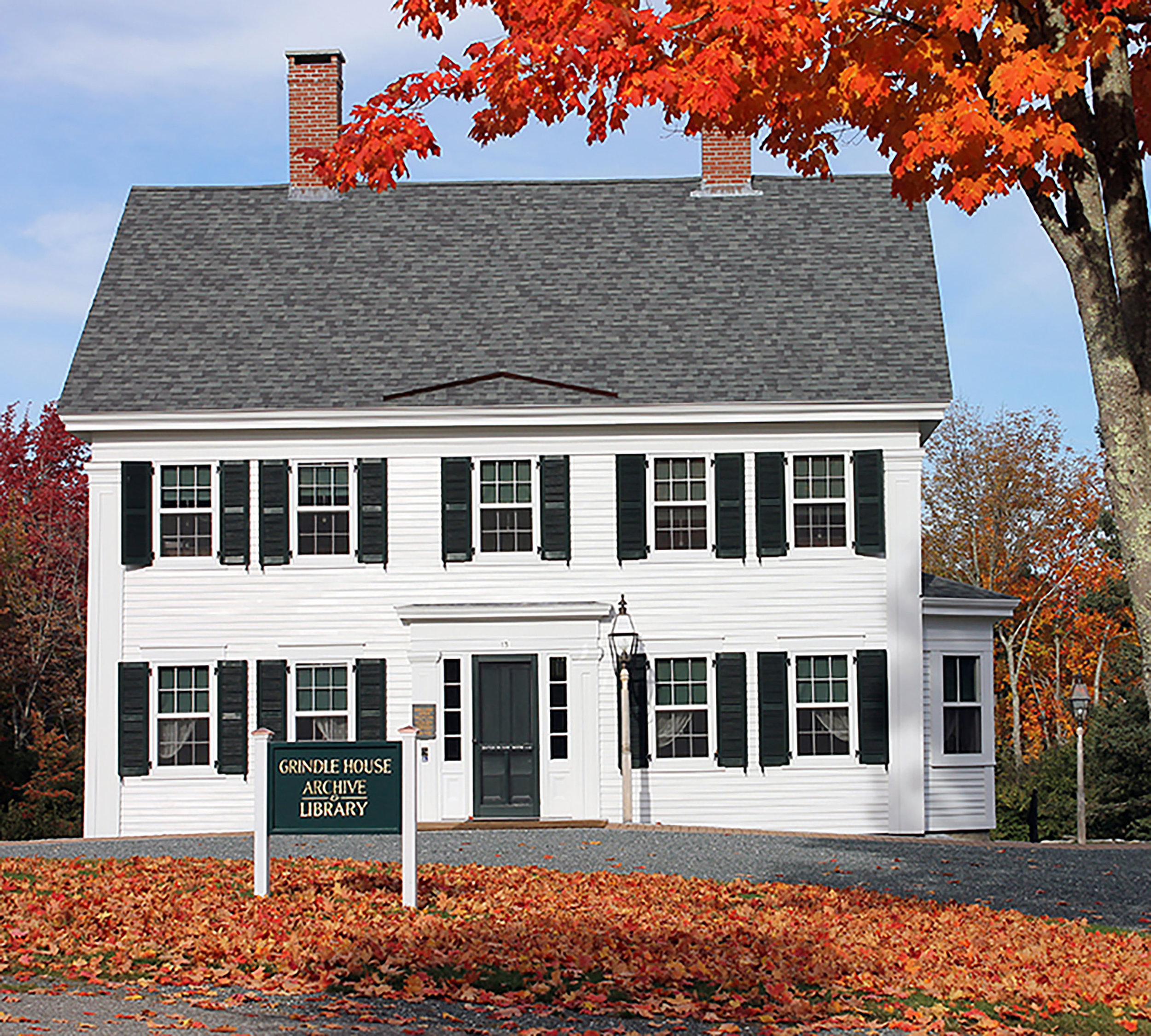Maysville Museum, Presque Isle
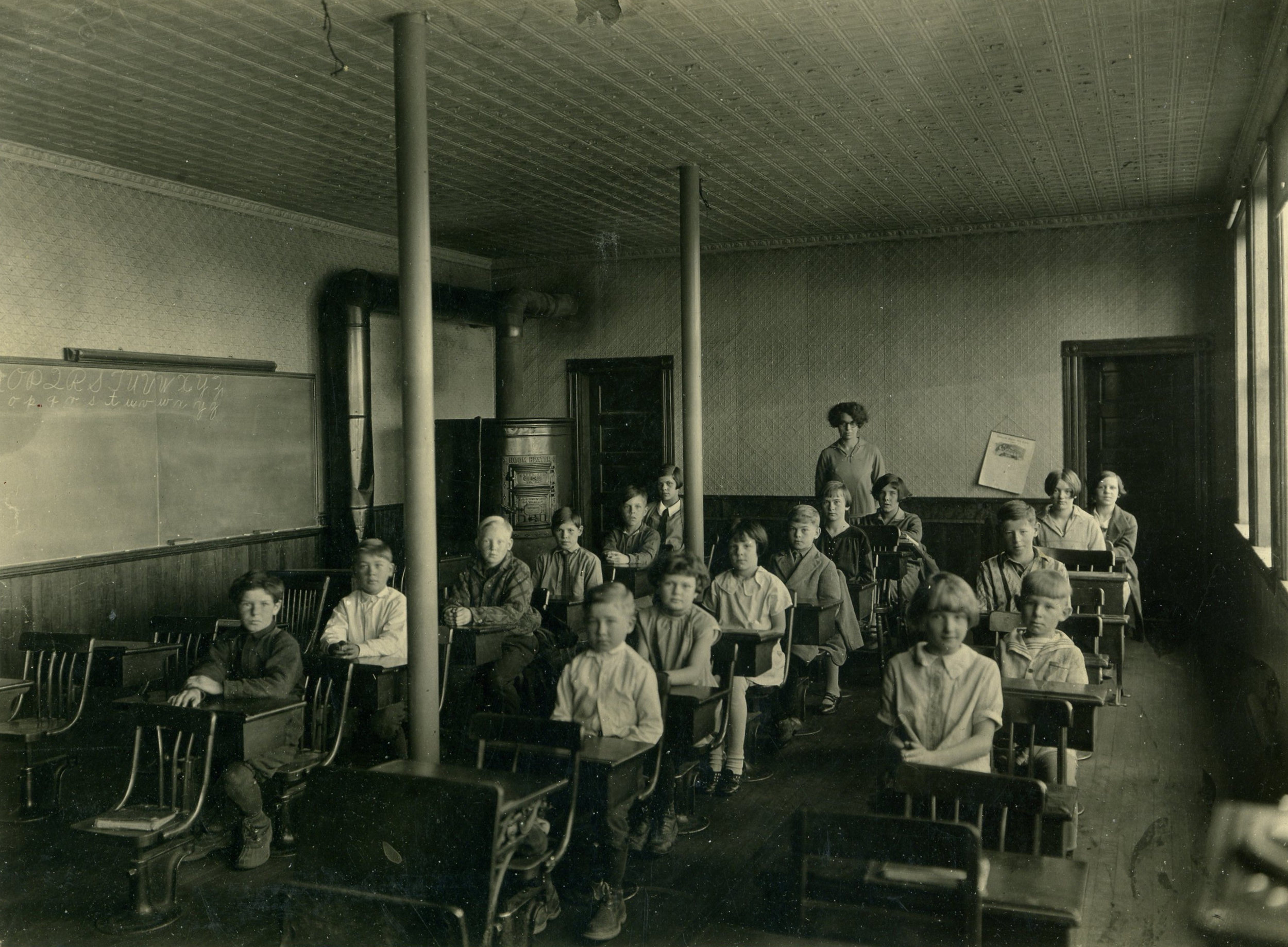
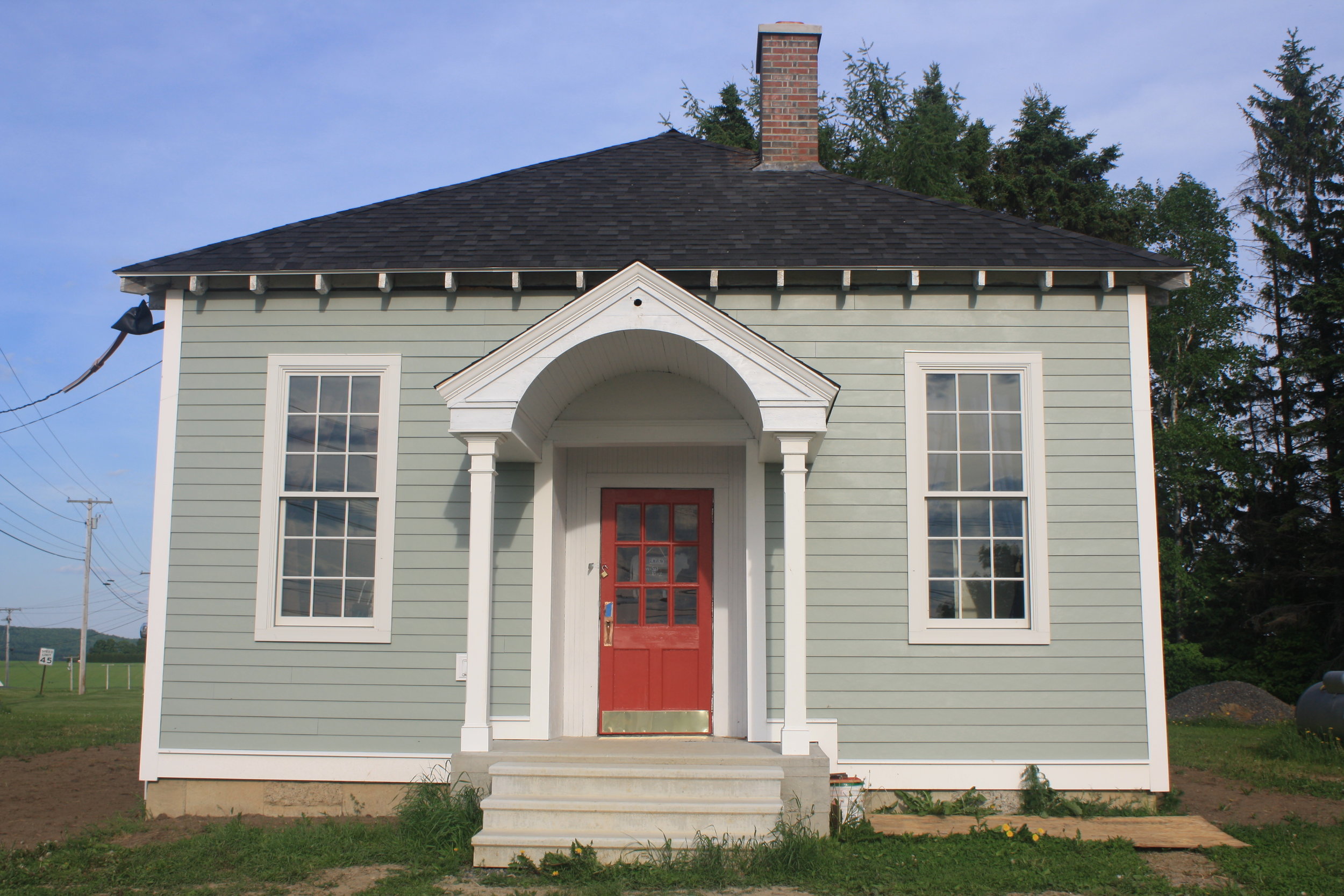
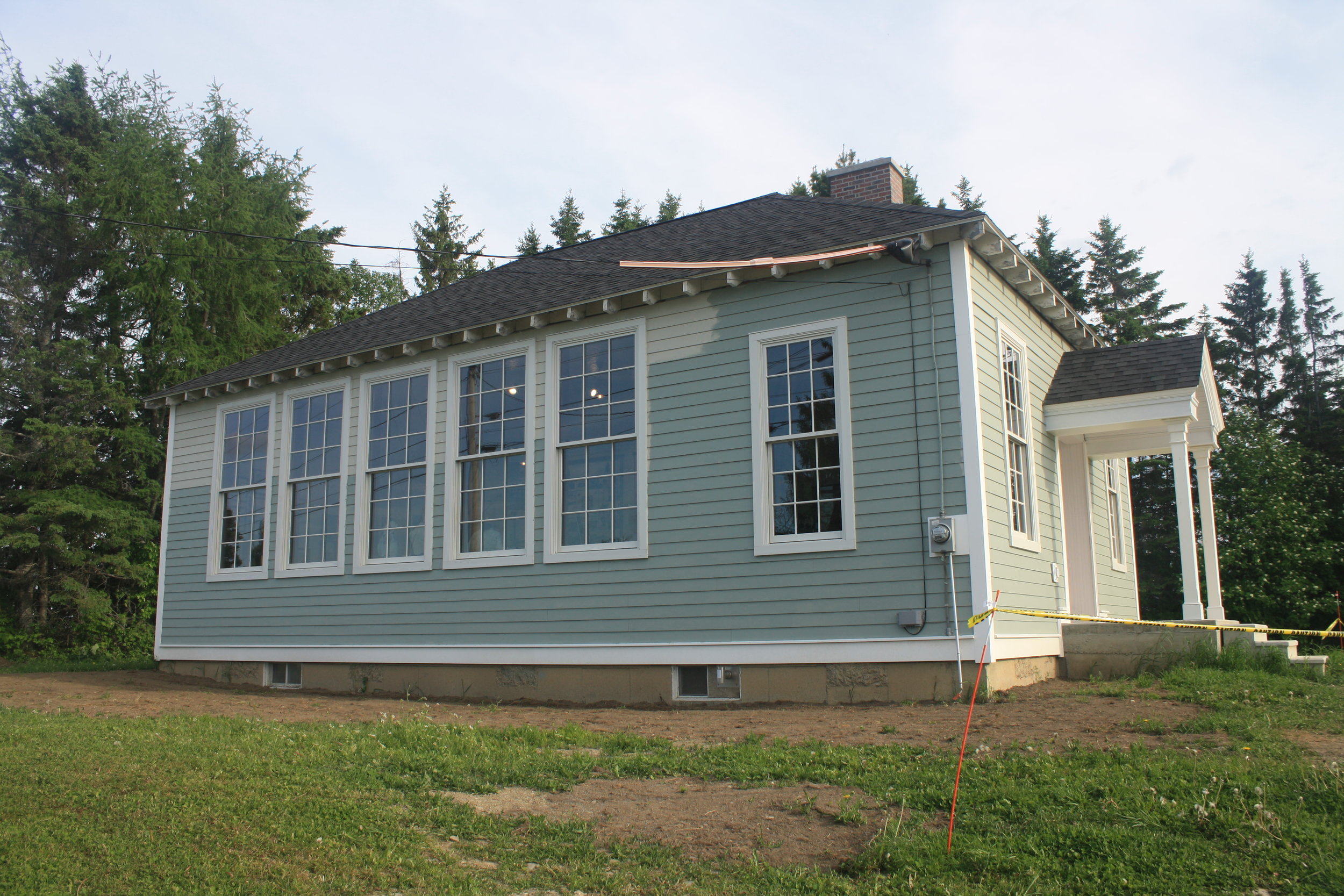
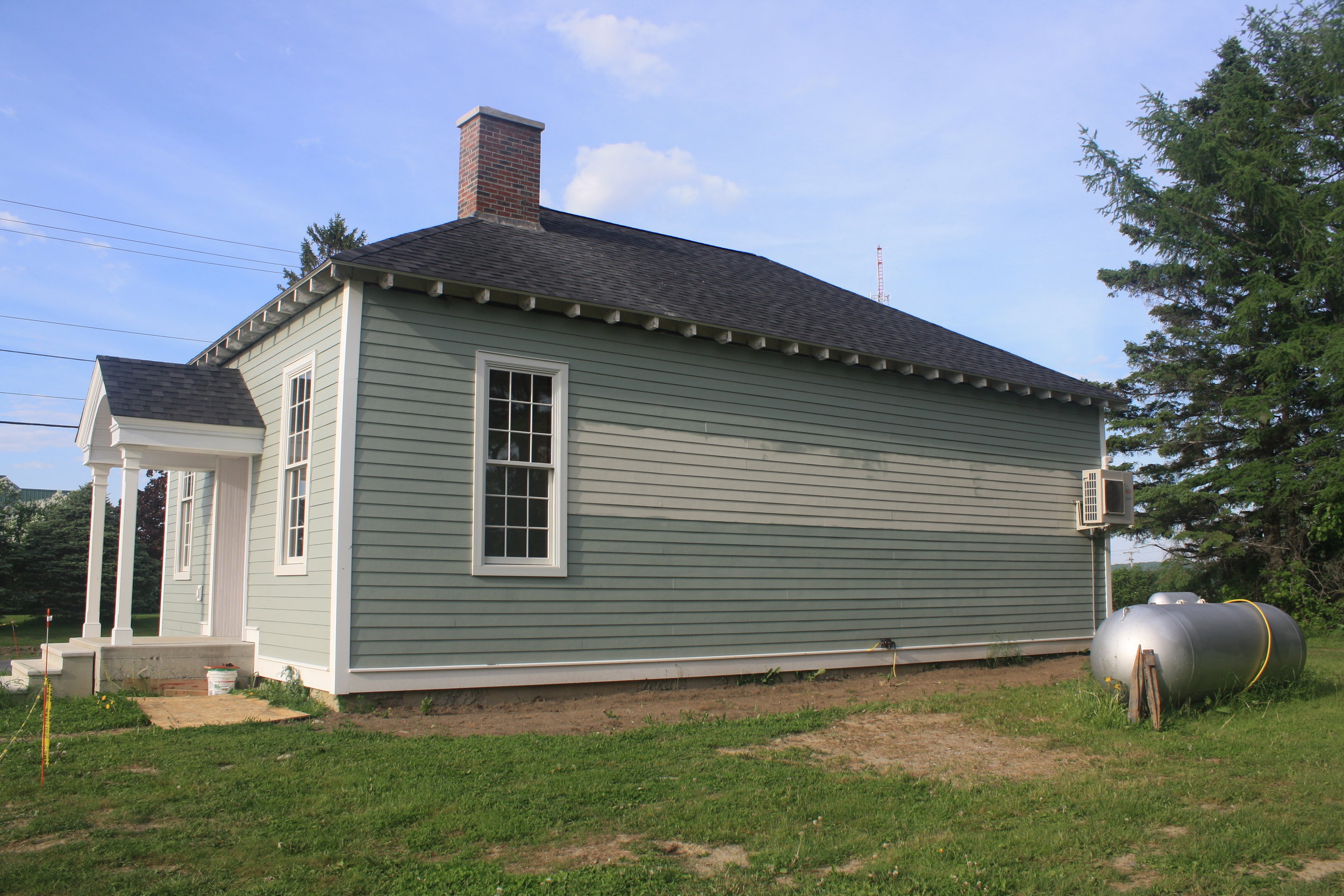
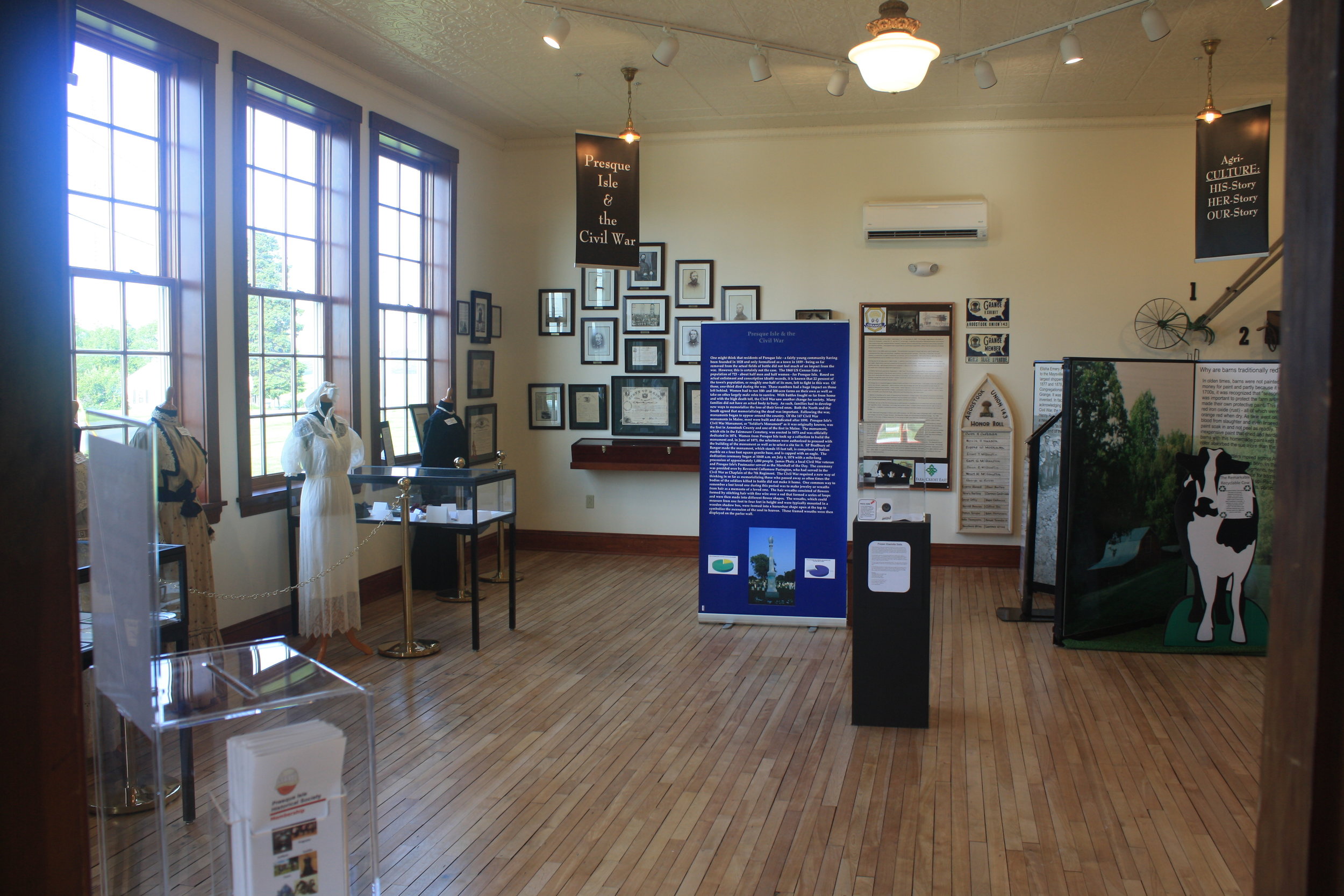

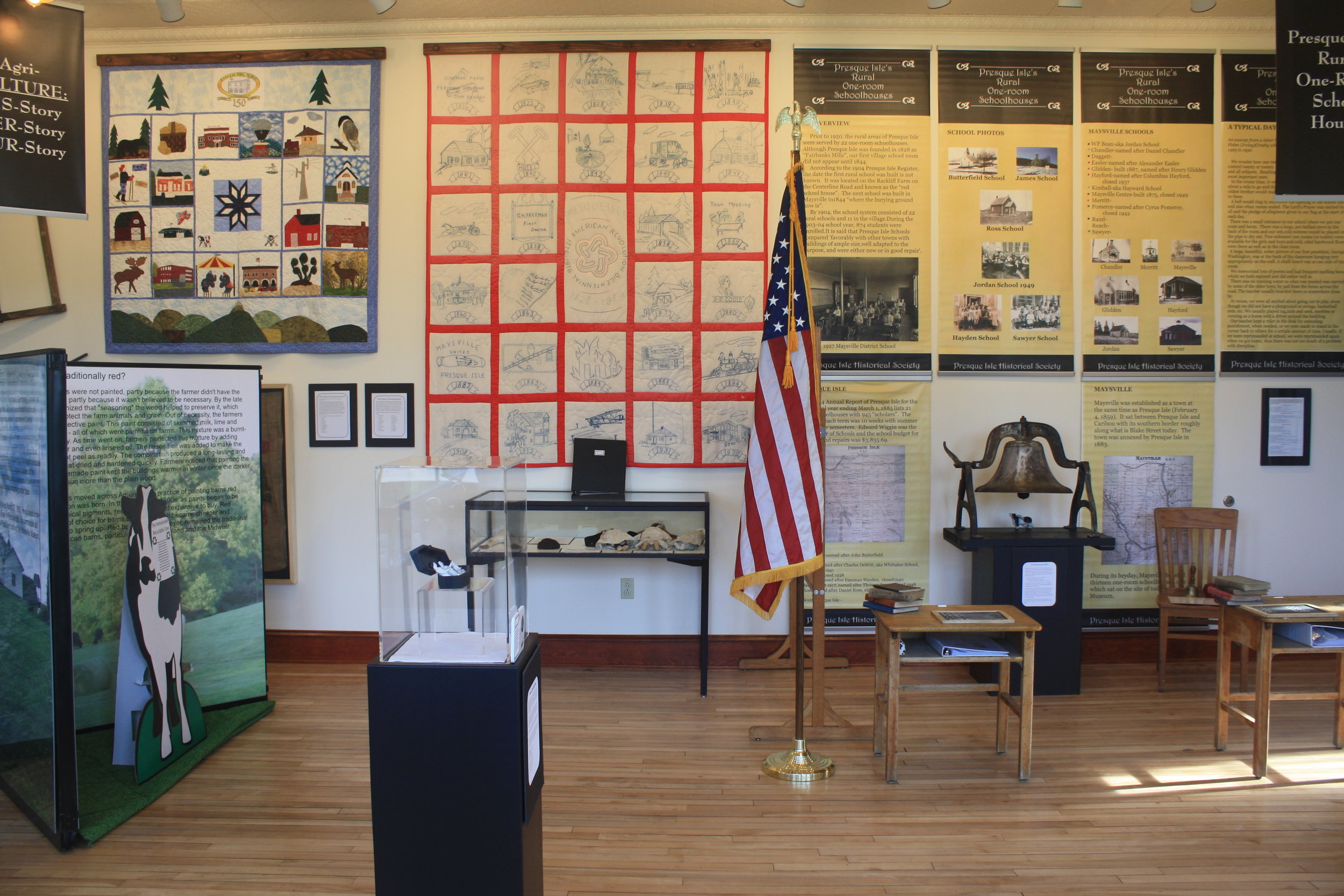
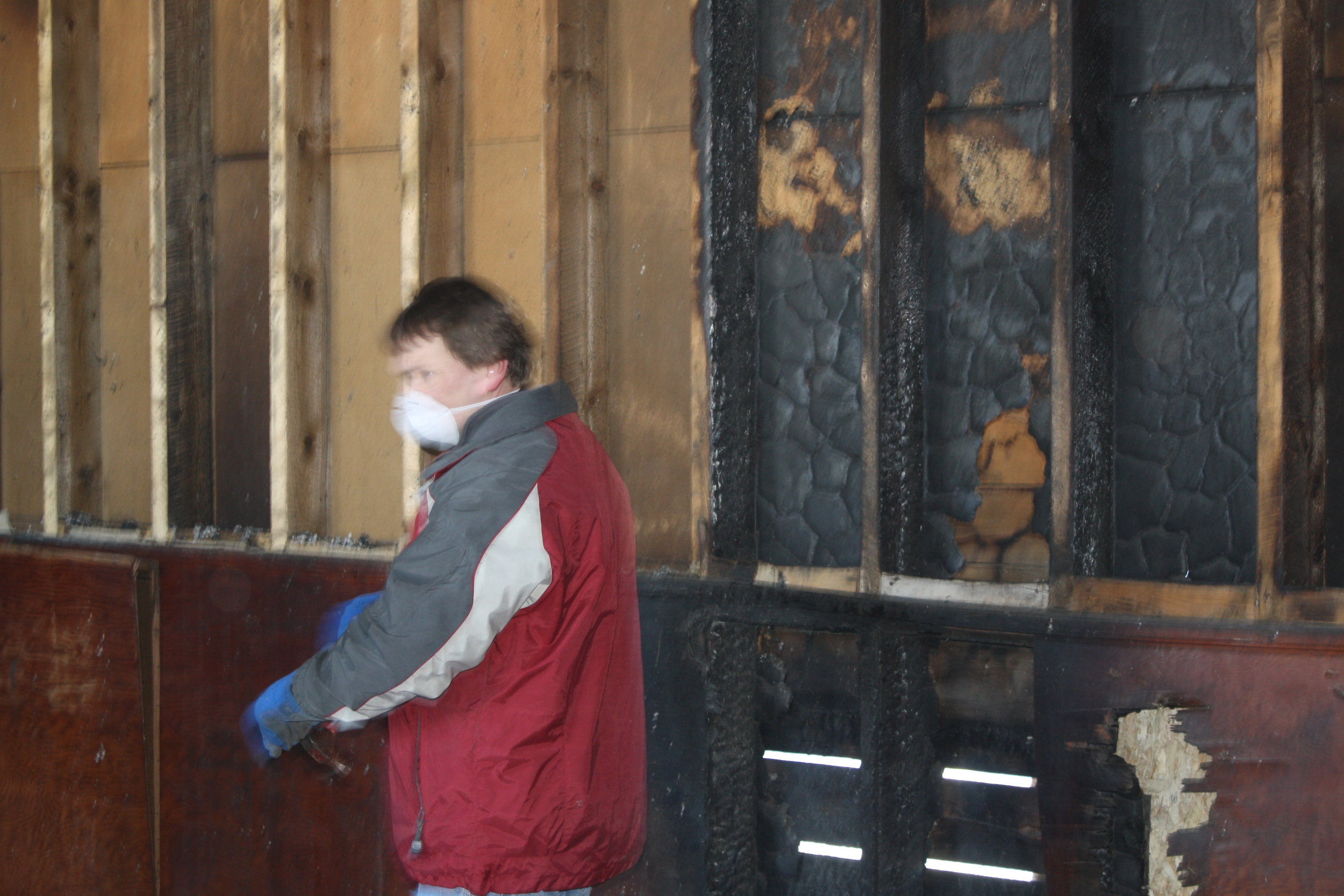
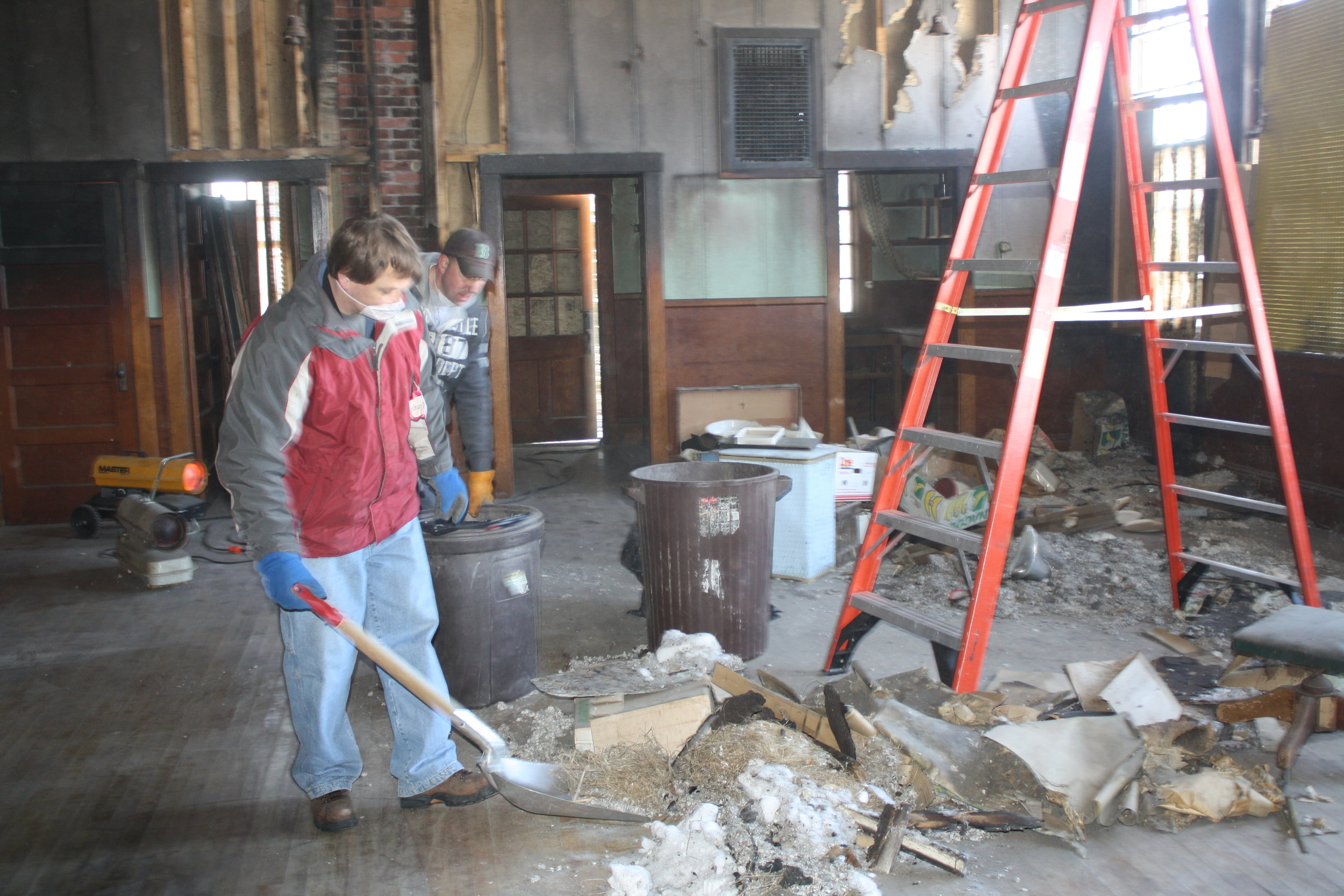
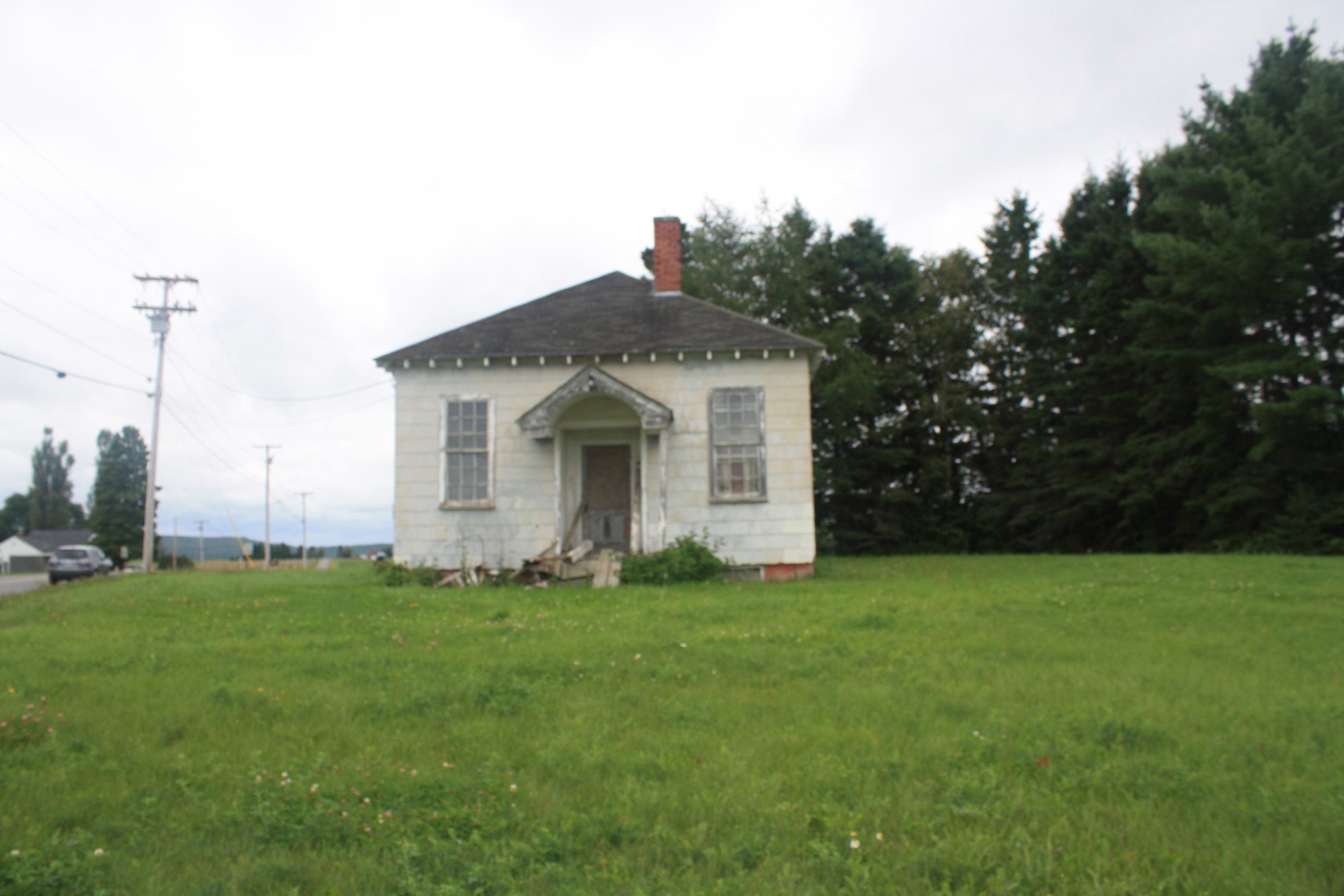
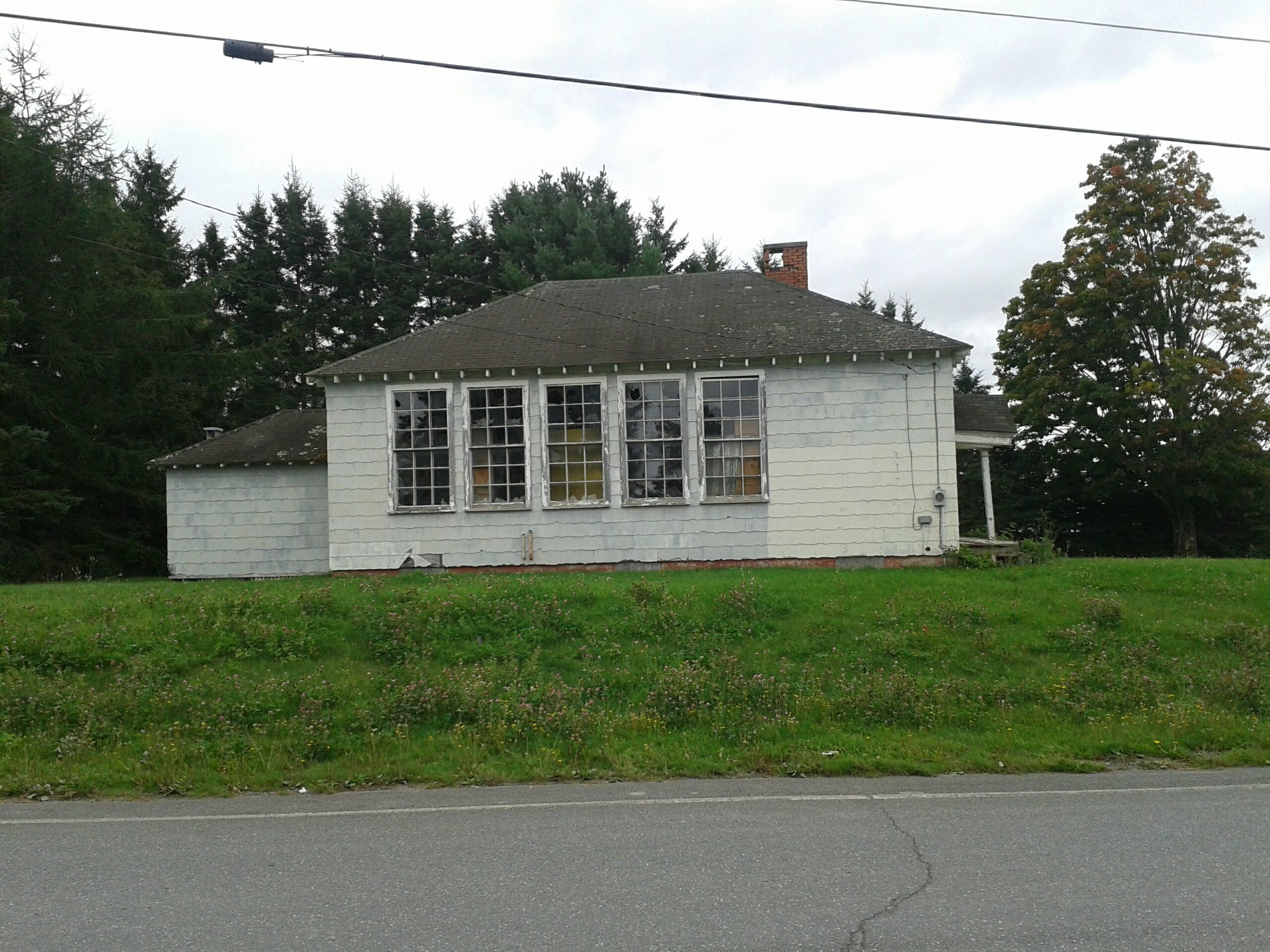
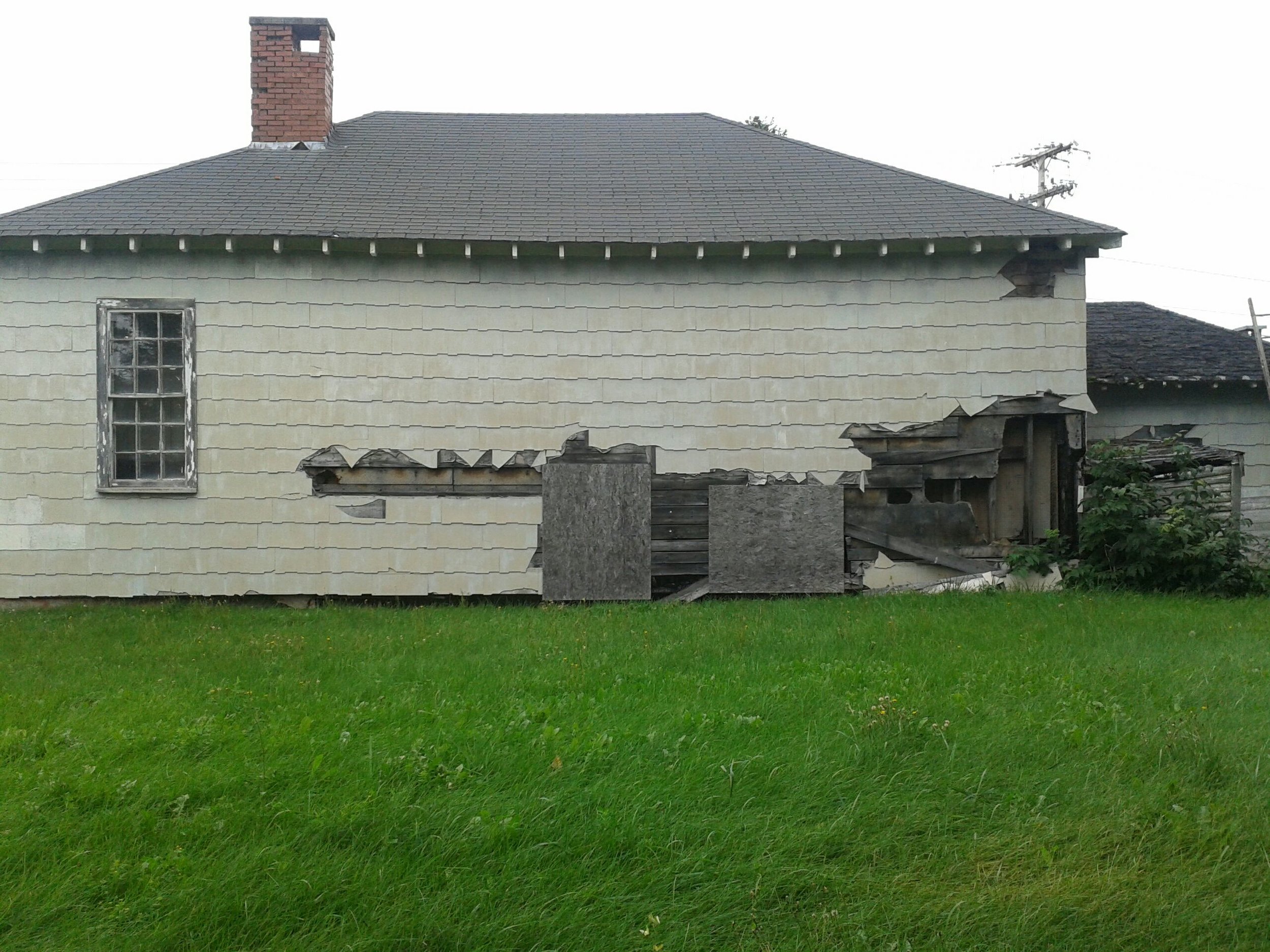

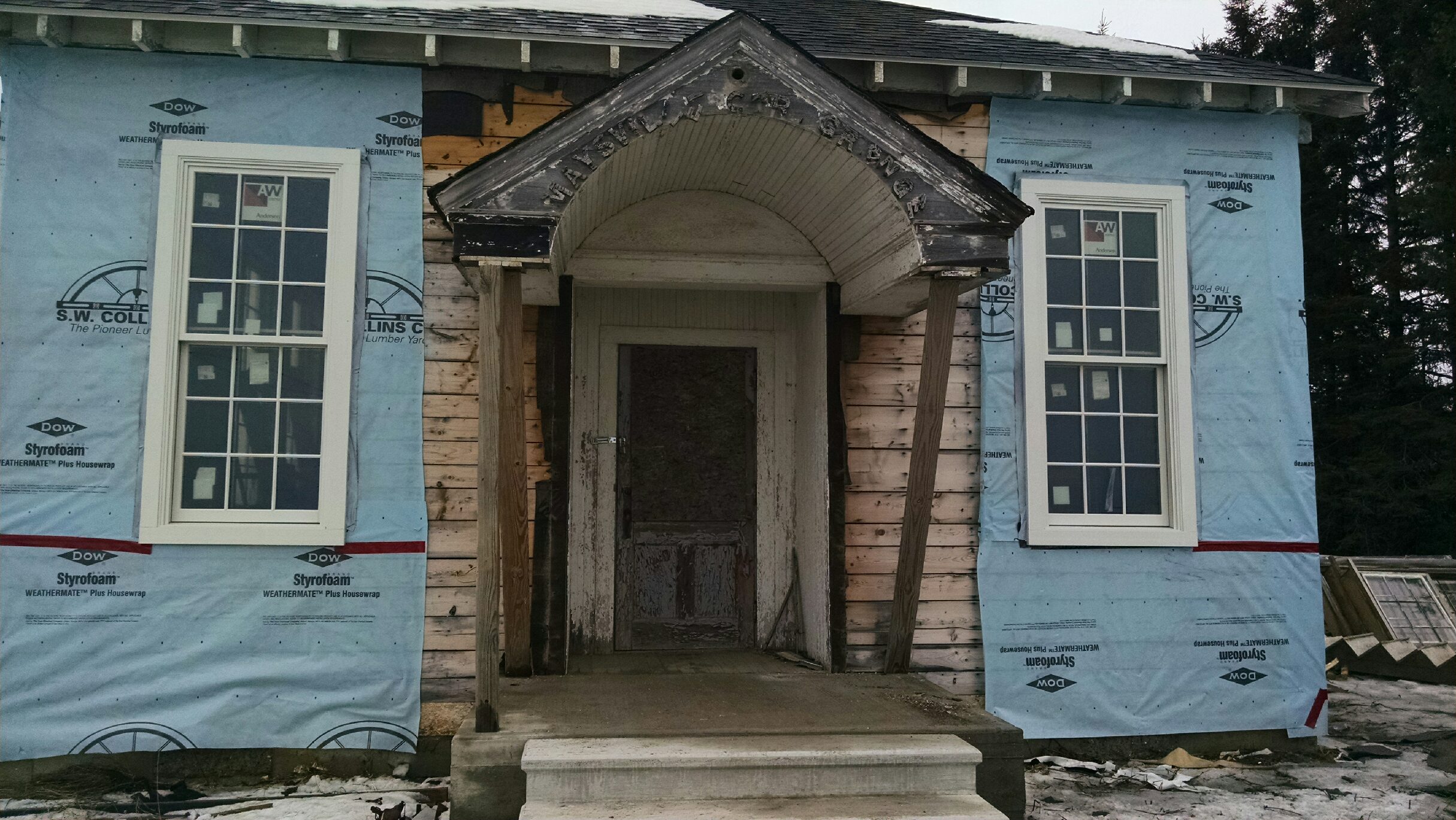
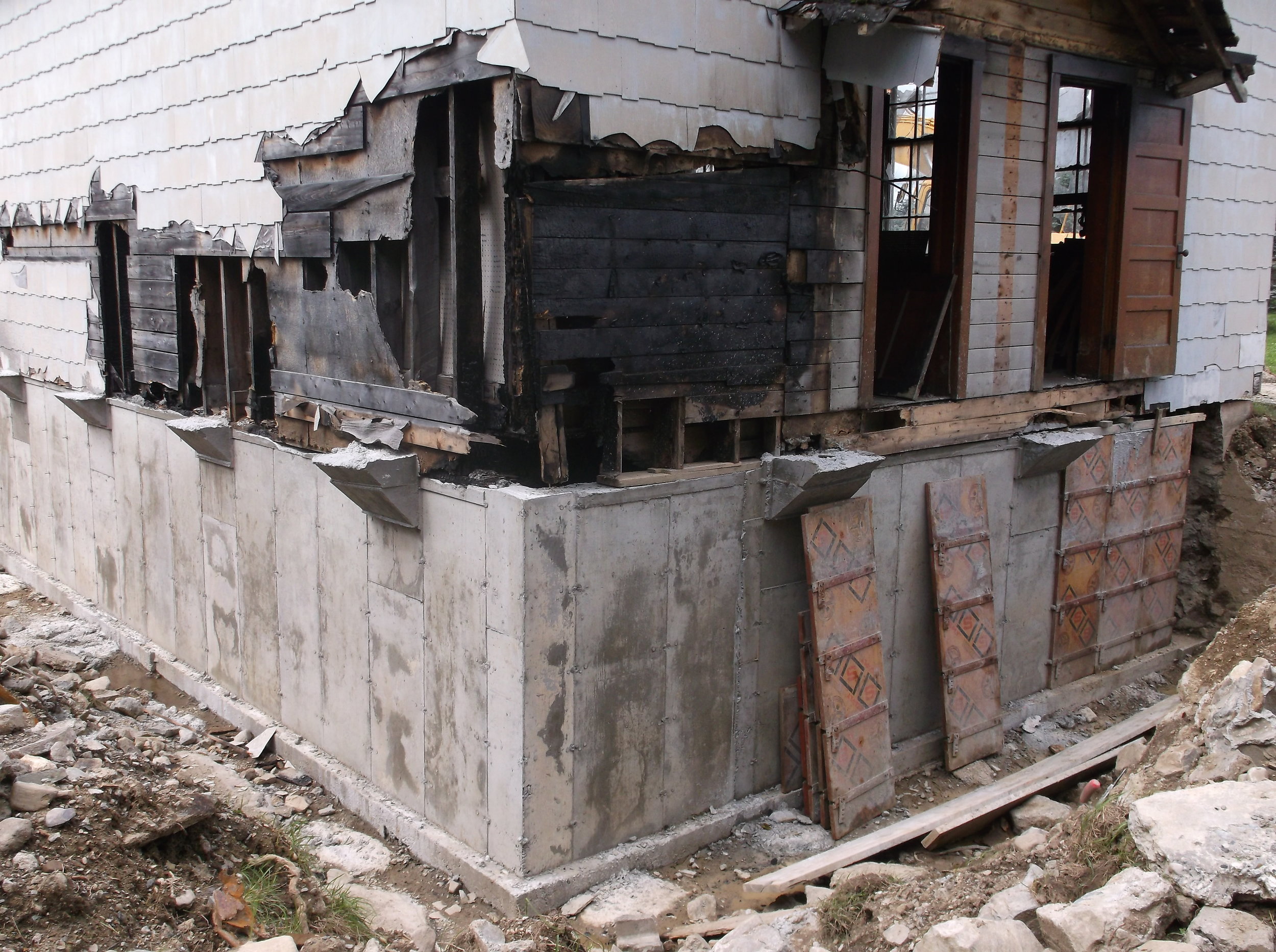
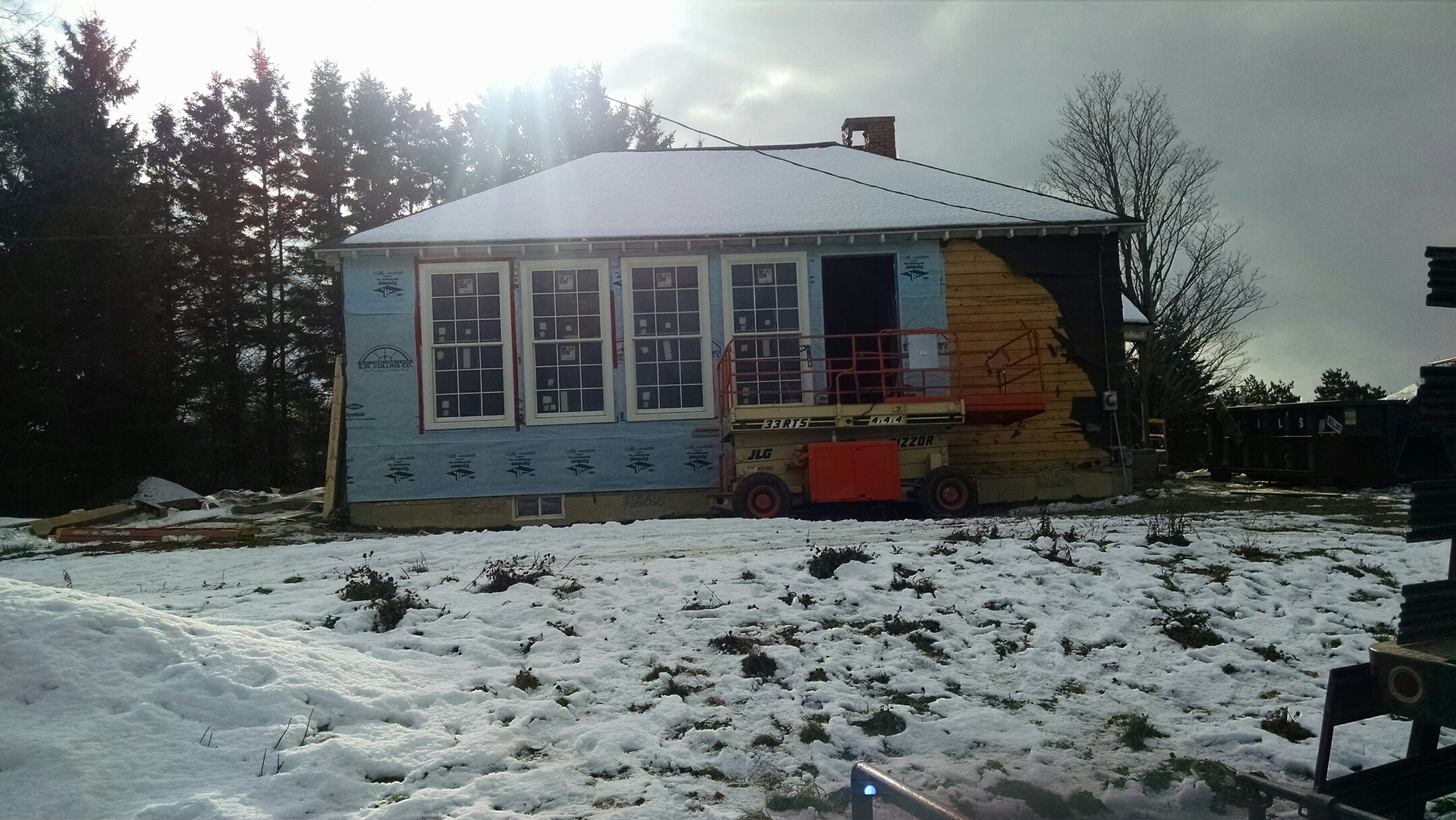
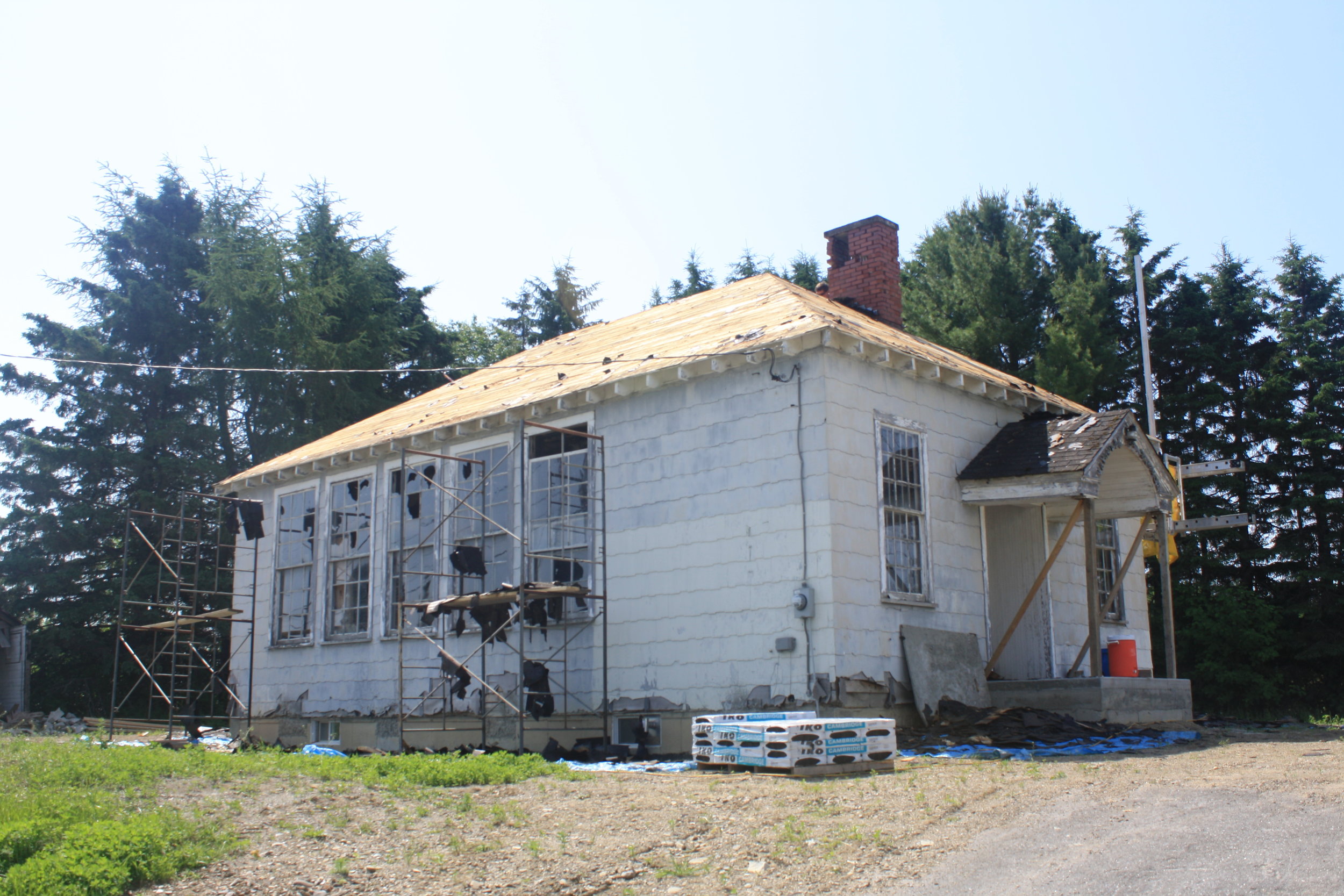
Every now and again, the rehabilitation of a local landmark transforms not only a neighborhood, but an entire community. The creation of the Maysville Museum in Presque Isle is just such a project. One hundred fifty years, ago, Maysville was a small Aroostook County town, on the road between Presque Isle and Caribou. In 1883, Presque Isle annexed the village, which included a two-story school building that also contained Maysville’s Town Office and the Maysville Grange. That building was lost in a fire, as was its successor, but a 1939 structure built by the Grange was occupied until the grange disbanded and its home was sold to the City of Presque Isle. Tragically, that building, too, fell prey to fire after being sold to a private owner, and it was left vacant and exposed to the elements.
Until 2011. That’s the year the Grange building was purchased by the Presque Isle Historical Society. Their new vision for the hall included use as a small museum celebrating the history of education and town management along Maine’s northern frontier, with a specific focus on Maysville’s role in the Aroostook War.
At the time renovations began, much of the southeast corner was exposed to the weather, and animals had made their way into the building. Fire-damaged wood, broken windows and a cracked and collapsing foundation were but a few challenging aspects of the building’s condition, made worse by the fact that no plumbing, septic or well were present.
Following removal of water-logged insulation and ceiling panels as well as other debris, the building was lifted and an entirely new foundation poured. Other work included new roofing and siding, a new front porch and steps, chimney repairs, sanding and refinishing of original hardwood floors, a new tin ceiling, new windows, and the installation of a heat pump and historic lighting fixtures. Phase Two of the project, which will allow the museum to be open year-round, includes installation of an ADA compliant restroom, a second exit, and a disabled access ramp with a small parking lot beyond.
The Presque Isle Historical Society, an all-volunteer organization, has made an incredible community impact through this project. Prior to the renovation of this building, the group had only a small, two-story Victorian house museum open for once-a-month tours –well off the beaten path on a side street in downtown. The museum’s new location along US Route 1, provides much greater visibility and more opportunity for historic interpretation and educational programming.
Community support for rehabilitation of the building was overwhelming, with all funding for renovations coming either from cash donations from local residents, or from tradesmen volunteering their time and expertise. The completed museum pays tribute to the one-room schoolhouses and meeting places that once connected the communities of Maine, and is a stellar example of community ownership in action.

